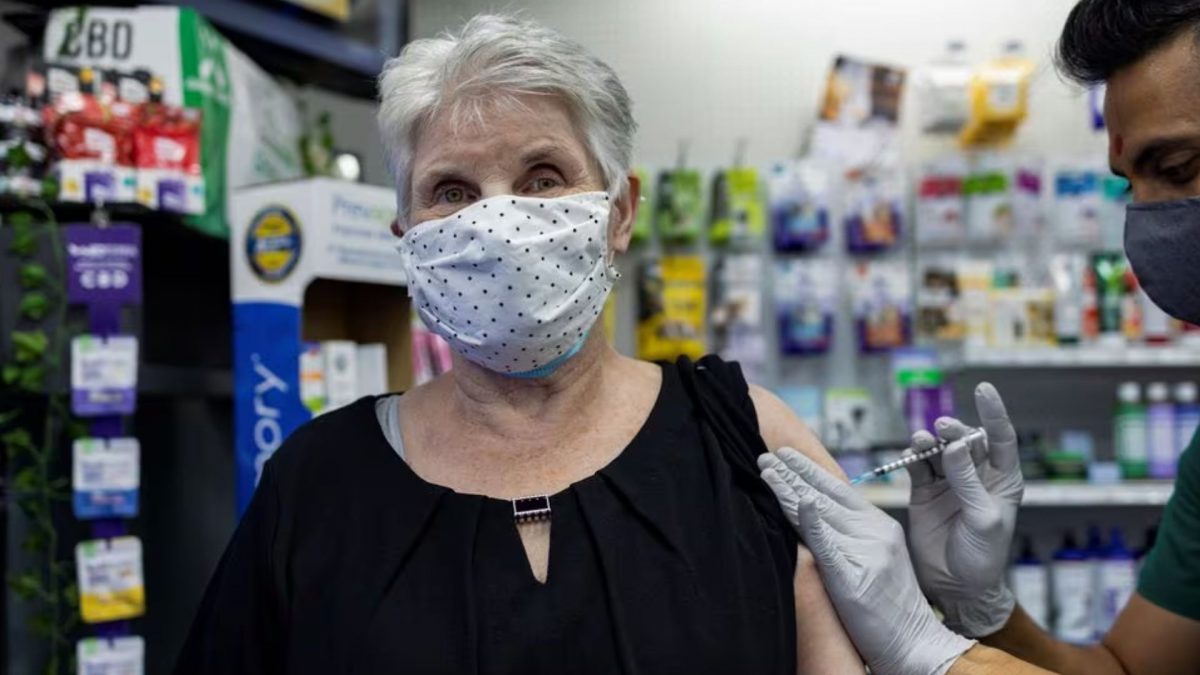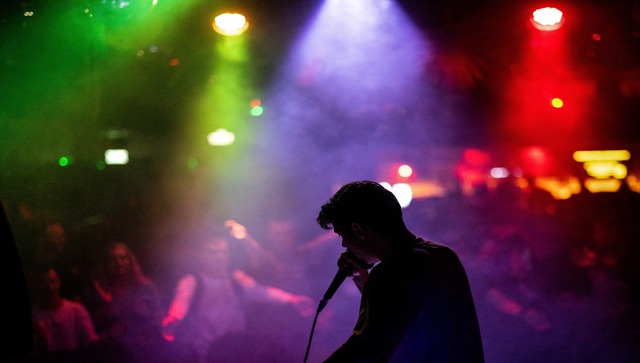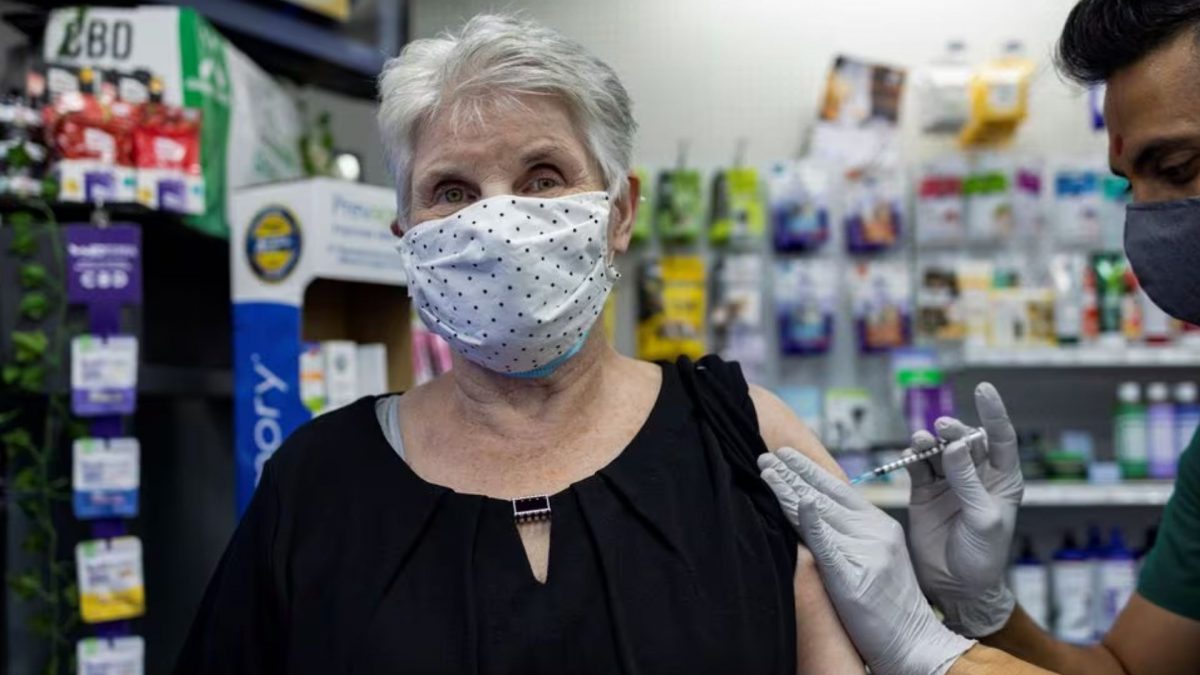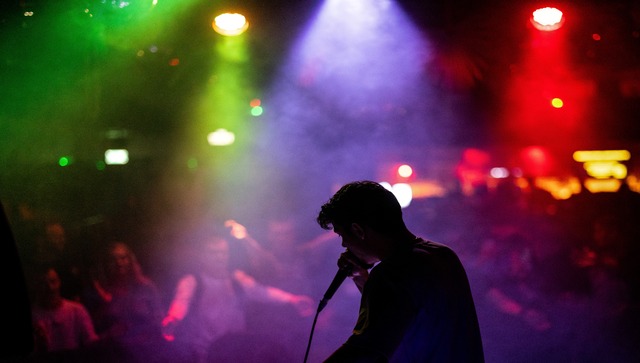With an interest in generating accessible writings that makes the connection between the larger social and political landscape of the country and its performing arts more evident, this monthly column is an attempt to un-bracket the dance discourse from its contained category of “Arts for Art’s sake”. Read more from the series here .
***
When Girish Karnad’s voice booms across the Ranga Shankara auditorium signalling the audience to switch off the mobile phones, I stop screen scrolling, remind myself that I still continue to exist outside my screen, withdraw into my body and check into my sensory windows in preparation to engage in two solid hours of performance. Existing outside screens and in physical bodies literally constitutes the “flesh and bones” of the performing art sector, or so it seemed until it came under the crushing weight of COVID-19 crisis. The crisis has forced the intensely embodied field into the disembodied realm of Zoom screens.
Nicholas Berger, a theatre artist writes, “The corona virus is so insidious because it attacks one of the central yearnings of human nature, which just so happens to be the bedrock theatre is built on: our desire to assemble.” In the newly restructured social life, the performing arts industry has had to assemble “online”, holding on to a dystopic impression of togetherness as we grab few square inches of our screens. Dance classes, rehearsals and even performances have moved into the virtual two-dimensional experiences. There have been criticisms of the migration of art-making to online platforms, calling it an “unimaginative” and “knee-jerk” reaction to the crisis. These criticisms largely call-out the attitude to capitalise on the crisis – the need to “make the most” of a crisis.
The curse of productivity in the age of capitalism seems to have turned everyone towards the internet but one cannot forget that this rushing to the internet is also because young independent artists are dependent on it. Along with fending for their livelihood, artists who have rented studios need to generate money to sustain the space despite it being unused.
However, many artists come from a context of privilege and their online activities draw the scepticism of Masoom Parmar, dancer and art curator, who has also been involved in raising money for folk artists, “Classical dancers I think are finding it challenging to be not performing during this crisis. Their response to the lockdown has been, ’let’s perform online instead of performing live’. The Sabhas of Chennai have just gone online. That’s all that has changed. Although it is true that one must not judge people and how they are each dealing with the pandemic, I do believe that we have a responsibility to reflect about what kind of a future we are creating for the arts.”
On similar lines, another social criticism has brought online art-making/sharing under scrutiny for its unequal access. For many under-privileged artists, especially those from rural regions who are off the grid, technology has only driven a deeper wedge between those who have access to the internet and those who don’t. Artists such as the Nadaswaram players who depend on seasons of weddings and temple festivals are slipping through the cracks and finding themselves in dire situations of financial loss and hunger with no security net to fall back on.
The COVID-19 crisis and the way we are dealing with it has brought the reality of social inequity into stark day light and the field of arts is no exception. While giving an impression of wide access, large portions of online art-making remain ignorant of their exclusivity. These situations call for deeper solutions for shifting the social infrastructure of the arts.
Menaka Rodriguez, an arts manager at IFA (India Foundation for the arts) says, “In an ideal world a more systemic change from a government that offers benefits and opportunities to artists could help. But in a country where inequities exist across so many boundaries; and where arts and culture is not seen as a priority for giving, the onus has always been on the artists to sustain themselves and respond.”
Inequalities in the field are not new, what was always there is now being magnified manifold. What is bothersome about the “lets migrate to the internet” is the tendency to normalise the inequality, yet again. One can conclude in Rodriguez’s words, “The entire crisis is so fluid and it is impossible to predict what world we are going to emerge into the next few months. But there is no doubt that all of us will have to transform and re-imagine the way we engage with art and our diverse audiences. If artists who are beginning to reimagine their practice can reflect on access, how we get together, and how we share and create art to include diverse groups perhaps we can come closer to that ideal.”


)




)
)
)
)
)
)
)
)